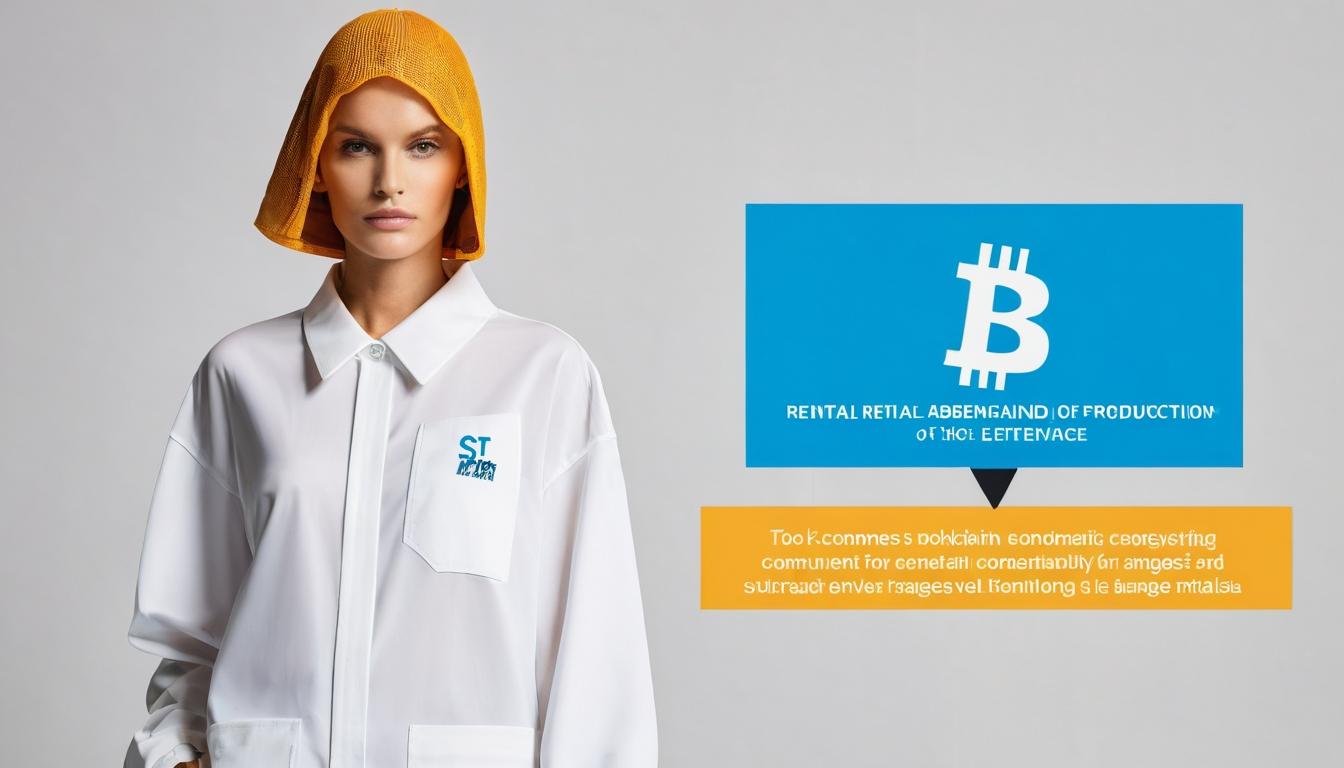In the hushed corridors of Milan's fashion district, a revolution is unfolding—one that doesn't announce itself with runway fanfare or celebrity endorsements. It's happening in the dye houses where plant-based pigments are replacing toxic chemicals, in the ateliers where deadstock fabrics are being resurrected, and in the boardrooms where executives are finally asking the uncomfortable question: can fashion survive if it continues to consume resources at its current rate?
The answer, according to a growing coalition of designers, scientists, and activists, is a resounding no. But what's emerging in fashion's sustainability movement goes far deeper than the organic cotton t-shirts and recycled polyester that dominated conversations just five years ago. We're witnessing a fundamental rethinking of how clothing is conceived, produced, and valued—and the transformation is more radical than most consumers realize.
At the heart of this shift is what industry insiders call 'circularity'—the idea that clothing should be designed to either biodegrade safely or be endlessly recyclable. Stella McCartney, who has championed sustainable practices since launching her brand in 2001, recently told me that the conversation has moved from 'doing less harm' to 'creating positive impact.' Her latest collection features lab-grown silk and mushroom-based leather alternatives that perform as well as their animal-derived counterparts. 'We're not just removing negative elements from fashion,' she explained. 'We're adding regenerative systems.'
The technological innovations driving this change are staggering. In Helsinki, a startup called Spinnova has developed a method to turn wood pulp into textile fiber without any toxic chemicals. The process uses 99% less water than conventional cotton production and produces no waste water. Meanwhile, companies like Evrnu are breaking down old cotton garments to their molecular level and respinning them into new fibers that are actually stronger than the original material.
But technology alone won't solve fashion's sustainability crisis. The deeper challenge lies in changing consumer behavior and industry economics. The rise of rental platforms like Rent the Runway and Nuuly represents a fundamental challenge to the idea that we need to own our clothing. These services, which have seen membership grow by over 300% since 2020, are creating what economists call 'access-based consumption'—where the value isn't in ownership but in temporary use.
This shift has profound implications for how clothes are designed and manufactured. Garments meant for rental need to be more durable, easier to clean, and more timeless in their styling. They're essentially becoming commercial products rather than personal possessions—a change that could dramatically reduce the 92 million tons of textile waste generated annually.
Yet for all this progress, the fashion industry faces a credibility problem. The term 'greenwashing' has become so commonplace that consumers are increasingly skeptical of sustainability claims. A recent study found that 68% of fashion sustainability claims are unsubstantiated or misleading. This skepticism is warranted—when fast fashion brands release 'conscious' collections while continuing to produce billions of new garments annually, it's difficult to take their environmental commitments seriously.
The most promising developments are coming not from marketing departments but from supply chains. Blockchain technology is being used to create transparent tracking systems that allow consumers to verify a garment's journey from raw material to finished product. Companies like Provenance and TextileGenesis are building digital passports for clothing items—QR codes that reveal everything from the farm where the cotton was grown to the factory where the fabric was woven.
What's becoming clear is that true sustainability requires rethinking fashion at every level—from the agricultural practices that produce raw materials to the business models that determine how clothes are sold and used. It's not enough to swap out a few materials or reduce water usage by marginal percentages. The entire system needs reinvention.
This reinvention is happening in unexpected places. In Ghana, where mountains of discarded fast fashion from Western countries have created an environmental crisis, entrepreneurs are building businesses around upcycling this waste into new products. In Los Angeles, a new generation of designers is creating made-to-order clothing that eliminates overproduction entirely. And in scientific laboratories around the world, researchers are developing materials that could make conventional fabrics obsolete.
The quiet revolution in sustainable fashion isn't just about saving the planet—it's about reimagining what fashion can be. It's moving from an industry built on constant newness and disposability to one centered on longevity, transparency, and regeneration. The changes happening today may be quiet, but their impact will echo for generations.
The quiet revolution of sustainable fashion: beyond the greenwashing

